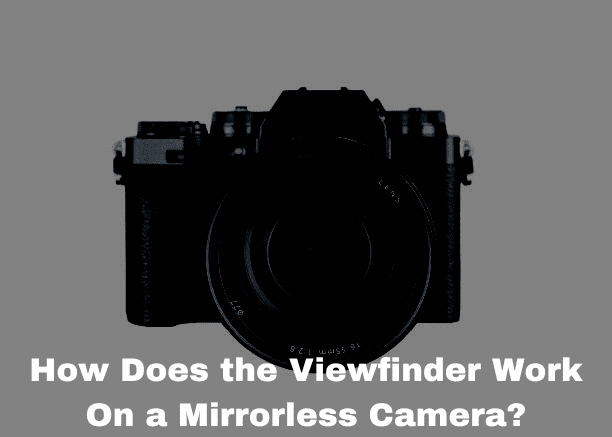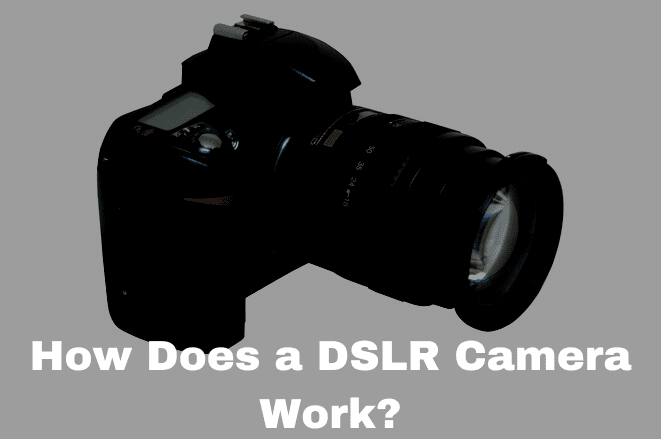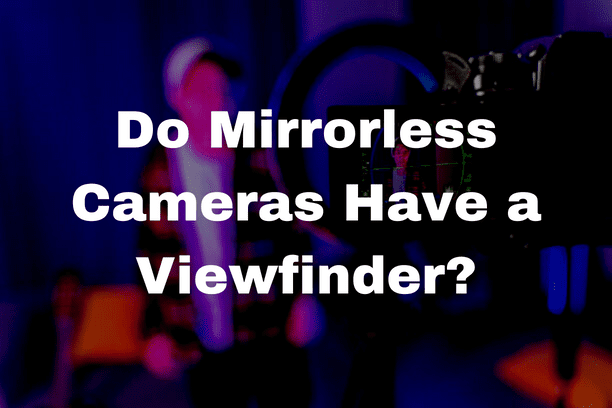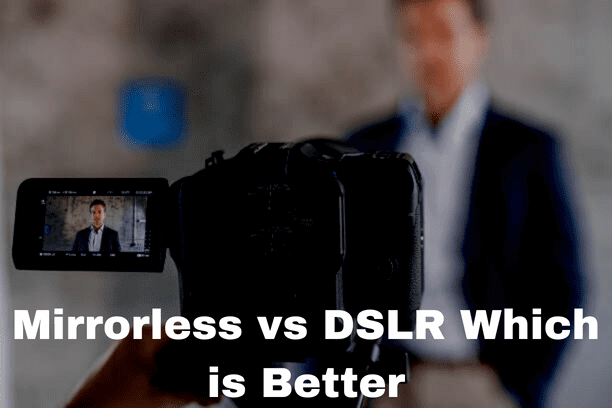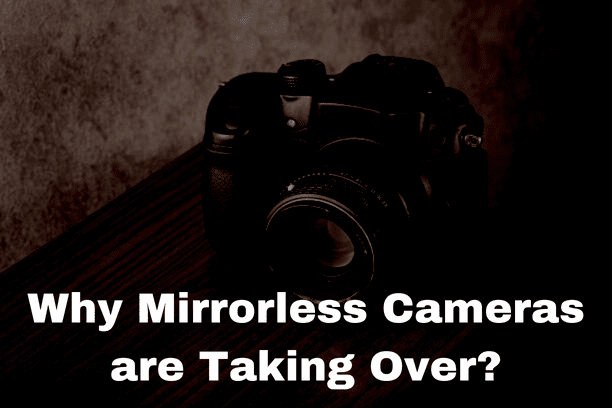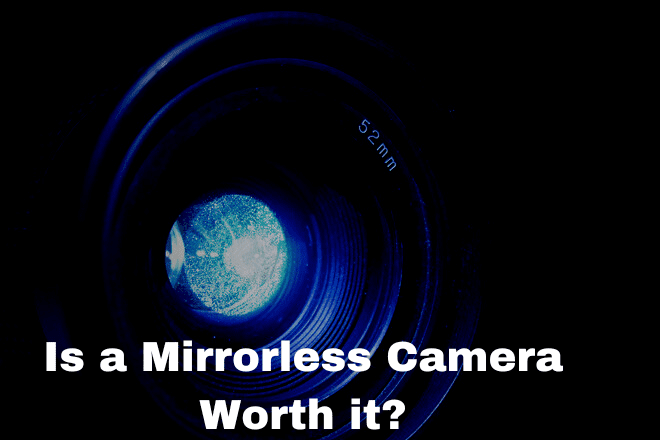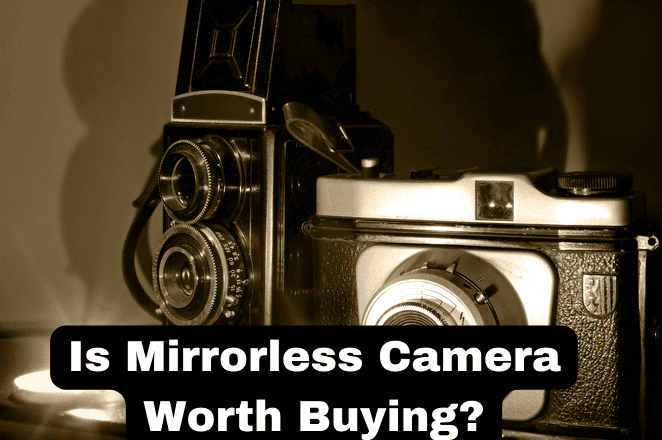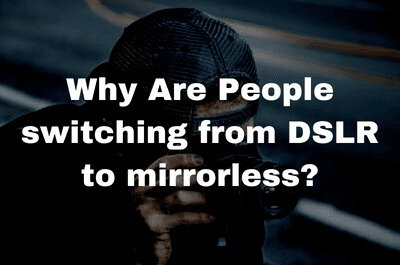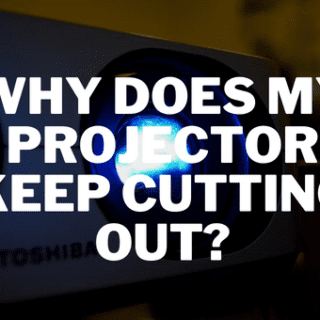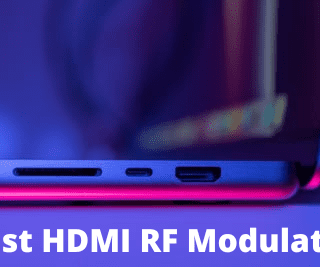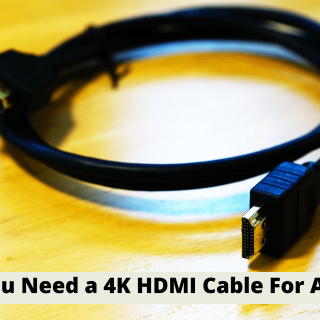Mirrorless cameras are cameras that have an electronic viewfinder instead of an optical
viewfinder found in DSLRs.
Viewfinder in a DSLR vs a mirrorless camera
DSLR
The optical viewfinder in a DSLR uses a system of internal mirrors that allows you to see the scene you are photographing directly through the lens; this is how it works. First, the light enters the lens and hits a mirror reflecting it into a prism. Then the prism reflects the light into a viewfinder allowing you to see the scene.
Mirrorless camera viewfinder; how does it work?
In contrast, a mirrorless camera allows light to pass through the lens directly onto the image sensor. The optical viewfinder is replaced with an electronic viewfinder that displays the image sensor, sees in DSLRs pressing and releasing the shutter button triggers the reflex mirror to flip up and the shutter to open allowing the light to hit the camera sensor and record an image.
Mechanical shutter
Mirrorless cameras on the other hand use either a mechanical shutter which is the default setting or an electronic shutter. The mechanical shutter setting uses physical shutters to initiate the exposure; it starts with the shutter being out of sight allowing the sensor to record the scene and transmit it to the viewfinder. When you press the shutter button the top shutter will momentarily close and then open to expose the sensor for the duration of the shutter speed. Once open the bottom shutter will close to end the exposure.
Recommended Article: Why Mirrorless Cameras are Taking Over?
Electronic Shutter
In contrast, the electronic shutter does not use any physical movements to initiate the exposure rather it relies on activating and deactivating the sensor to capture the image.
In what aspects are they better comparatively?
Mirrorless cameras are better than DSLRs; mirrorless cameras have many advantages over
traditional DSLR cameras since mirrorless cameras don’t use mirrors or a pentaprism. Their bodies can be made more compact and lightweight compared to most DSLR cameras.
The pros of the electronic viewfinder
The electronic viewfinder also enables you to preview live changes to your histogram and camera settings such as exposure settings, saturation, and white balance. in addition, mirrorless cameras feature contrast, detection, autofocus, and focus peaking which makes focusing easier and faster on static objects.
Disadvantages
Mirrorless cameras do have two main disadvantages compared to DSLRs. The first is they have smaller batteries with less storage capacity. This shortened battery life is accessor baited by the fact that the camera needs to be turned on to be able to see through the electronic viewfinder.
More expensive
Mirrorless cameras are also generally more expensive than DSLRs but with all the unique
features they are undoubtedly a worthwhile investment if they suit your needs. Overall mirrorless cameras are capable of matching if not outperforming DSLRs and almost everything from image quality, to video quality, and speed.
What else do you need to know about electronic viewfinders EVF?
With a mirrorless camera what happens is when you look into the viewfinder on the DSLR
camera, it is as if you had a mini television inside a mini screen that is showing you basically what the camera sees. So it is a different experience and that means if the EVF electronic viewfinder is not great then it is gonna look really bad on your screen. You are gonna think everything is either fuzzy or overexposed or underexposed and pixelated and all that. Nowadays it gets a lot better if you are trying to get older with more or fewer cameras and make sure it is good for you and you won’t get confused.
Related Article:
Is a Mirrorless Camera Worth it?
What is The Lifespan of a Mirrorless Camera?

